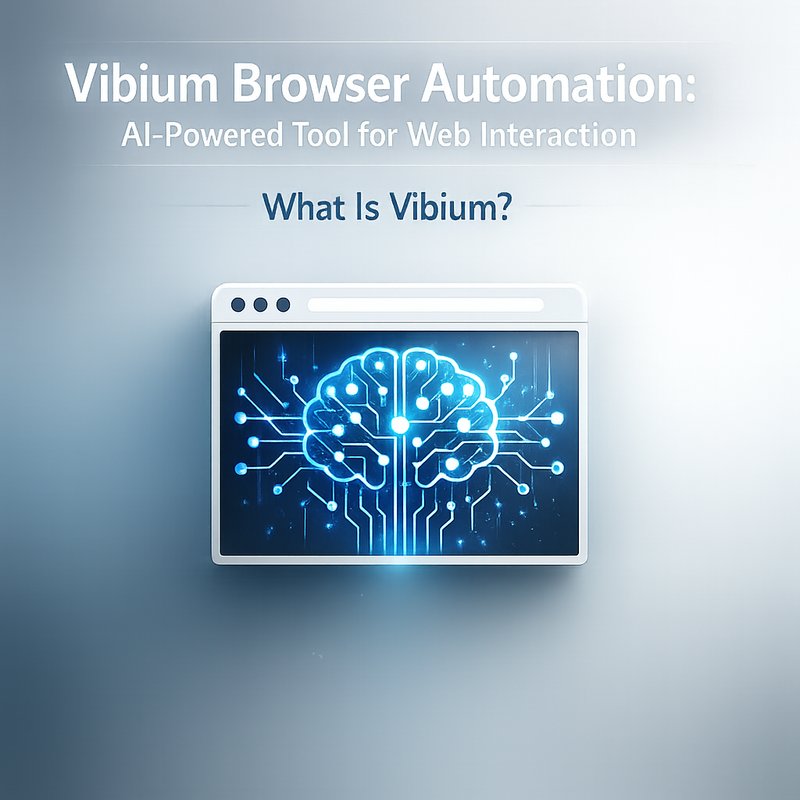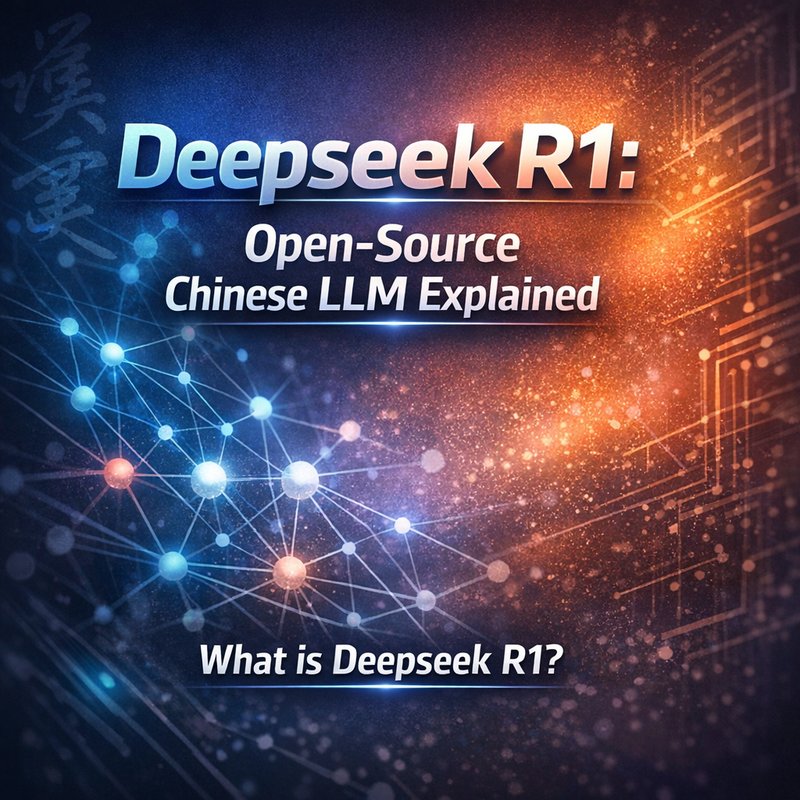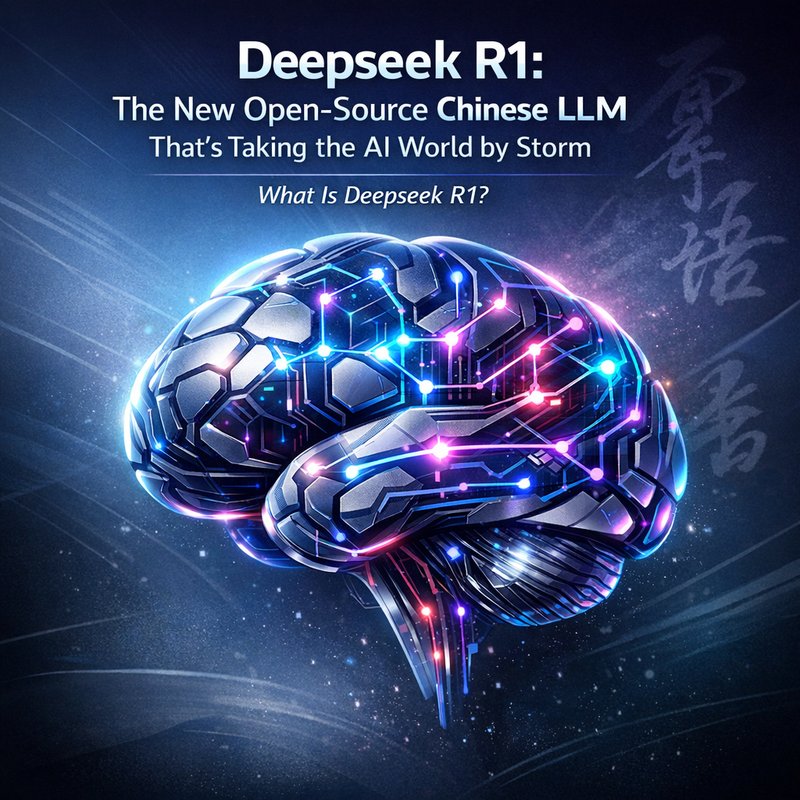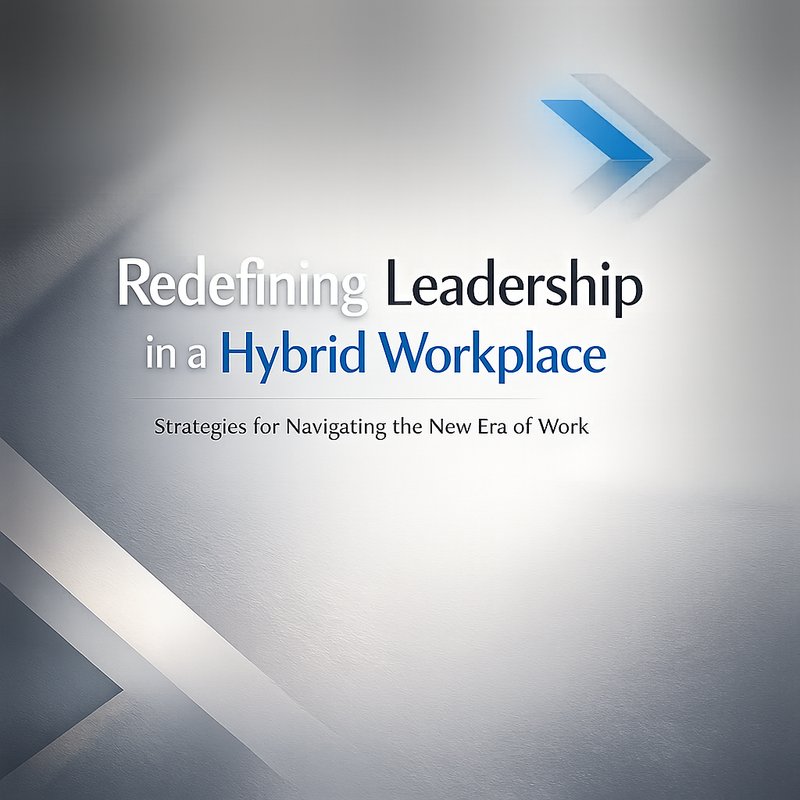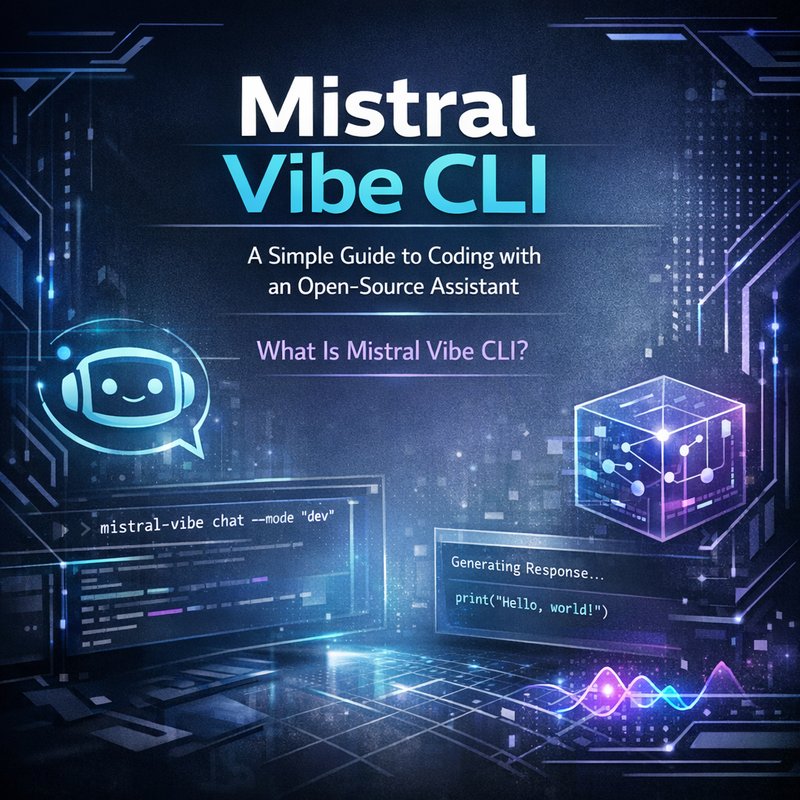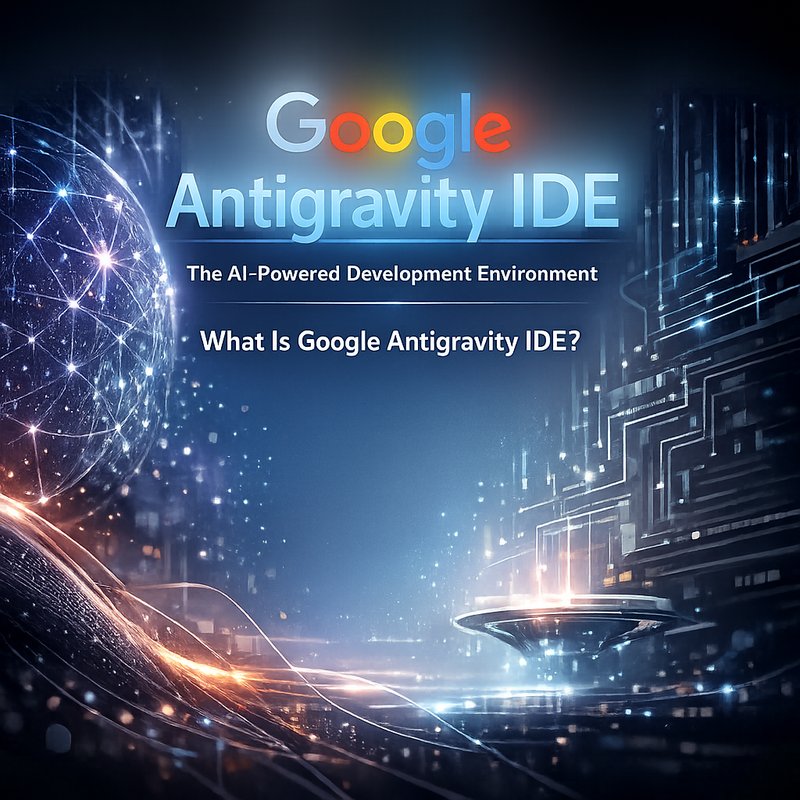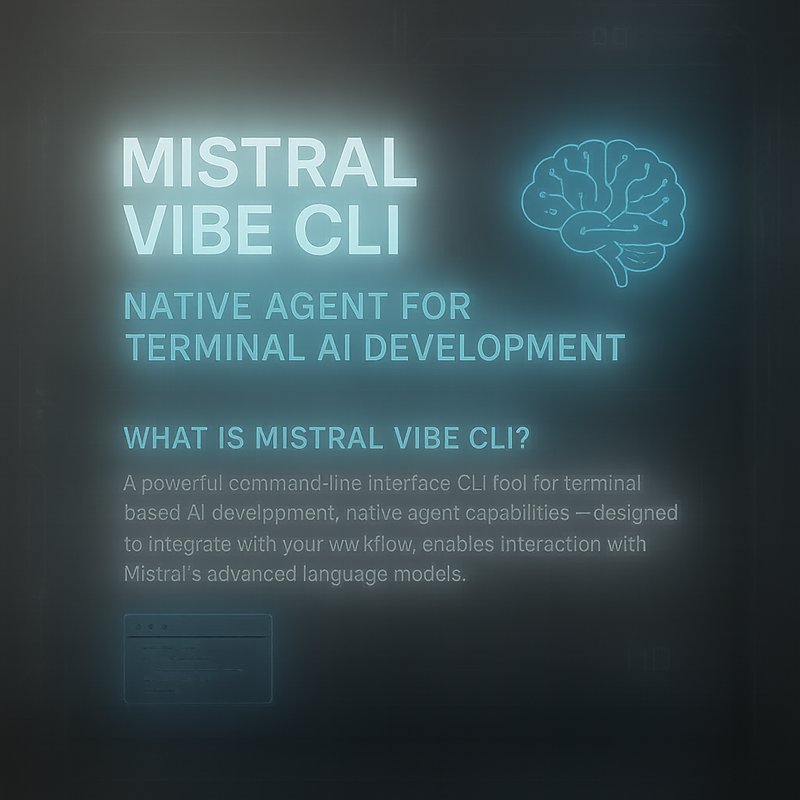Vibium Browser Automation: AI‑Powered Tool for Web Interaction
Adolfo Usier2025-12-25T06:34:25+00:00Vibium is a new open‑source browser automation tool that lets AI agents and humans work together on the web. It’s AI‑first, secure, and easy to use for testing, scraping, and workflow automation.
